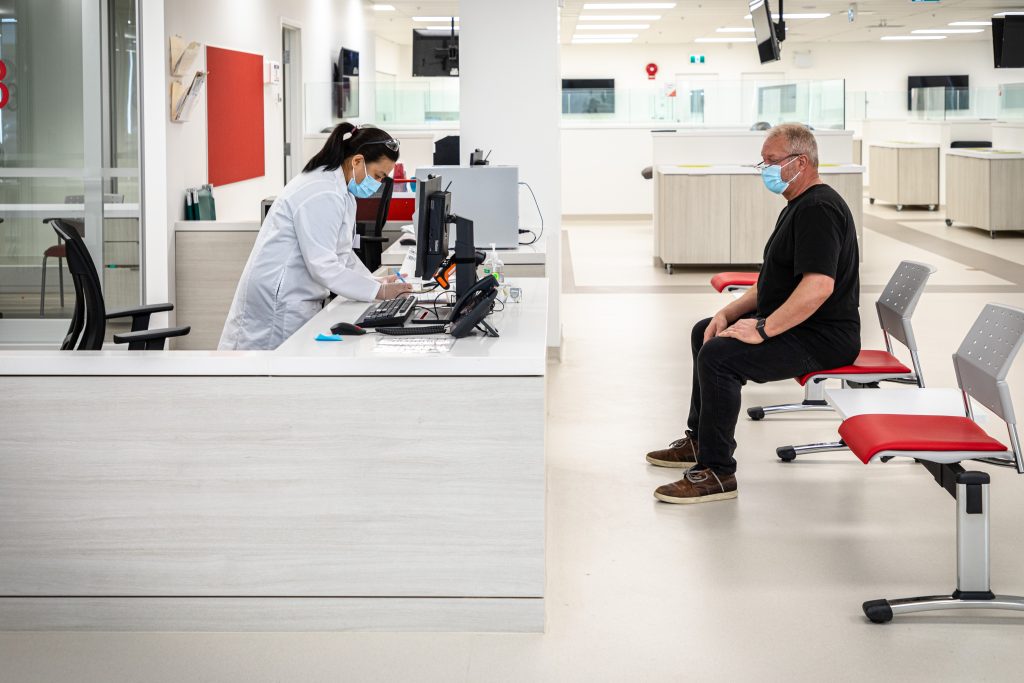blood plasma
janvier 4, 2023

What Does the Plasma Donation Process Involve?
Donating plasma is the only way to provide immunocompromised patients with the life-sustaining plasma protein therapies they need to live well-rounded lives.
Before we dive into how plasma provides you with ample me-time to relax and recharge, it’s important to discuss the intricacies of the plasma donation process.
Plasma donation is different from blood donation, even though it involves a similar process of blood extraction. Plasma is The key difference is that your blood is actually returned to you through a process known as plasmapheresis.
What is Plasmapheresis?
A plasmapheresis machine safely collects plasma, the straw-coloured portion of your blood containing vital proteins and vitamins. The device carefully returns your blood back into your body, saving the plasma to be turned into plasma protein therapies.
Plasma is converted into plasma protein therapies between 7-12 months after it’s extracted. During this time, the plasma is frozen to ensure that it remains fresh and usable. Through a process known as plasma fractionation, it’s converted into therapies that patients who lack proteins in their own plasma rely on to live healthy lives.
What is Plasma Used For?
Plasma is used to treat patients with a variety of illnesses, conditions and ailments. From trauma victims to patients with immune deficiencies, autoimmune disorders, bleeding disorders and more, plasma is liquid gold that is often turned into life-sustaining pharmaceutical products, but can also be used for its clotting properties in emergency medical situations.
How Does Plasma Donation Give You Me-Time?
Now that we’ve discussed how plasma is used to treat people in need and why, it’s time to highlight not only why you should donate, but why donating plasma is actually good for you!
Plasmapheresis takes approximately 50 minutes, giving you almost an hour to completely relax and unwind. As we mentioned earlier, plasmapheresis involves extracting plasma using a plasmapheresis machine, meaning that you’re connected to the machine for the entirety of the process.
The process provides you with a rare opportunity to truly relax and unwind – there is nothing for you to do at this time but see the donation process through, meaning that you have 50 minutes of uninterrupted me-time.
We suggest bringing a book, listening to your favourite music, an audiobook, a podcast or watching a comfort TV show! The time can be as relaxing and restorative as you make it.
Plus, not only do you get some well-earned me-time during the plasma donation process, the act of donating plasma is good for your health.
Studies show that acts of kindness – like doing good for others – can boost your happiness, make you feel connected to a social community and even help you to feel more positively about the world around you.
Why Should You Donate Over the Colder Months?
In winter, we know that it can be tempting to stay indoors and not leave your house when the weather turns cold!
But patients who require plasma protein therapies to live healthy, well-rounded lives rely on donors year round. It takes 1,000 donors to supply enough plasma for one patient with haemophilia. This holiday season, consider the benefits that giving back offer you and the critical need of those who rely on your donations. Book an appointment at a centre near you today!









